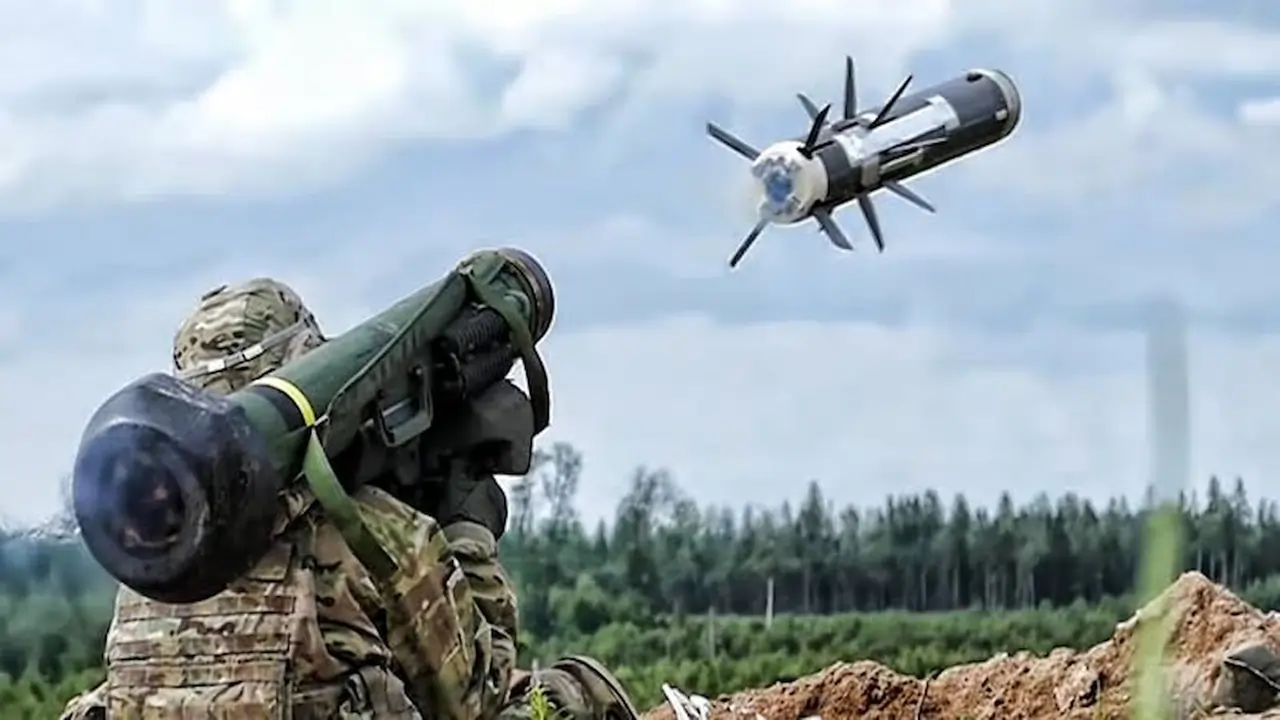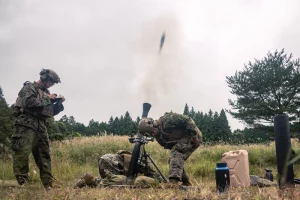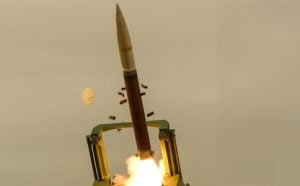In a landmark initiative towards bolstering defence self-reliance, the Indian Army is poised to introduce the Man-Portable Anti-Tank Guided Missile (MPATGM) system by 2026. This move signifies a critical transition from outdated imported anti-tank weapons to a state-of-the-art, fully indigenous third-generation missile system.
The MPATGM has been developed by the Defence Research and Development Organisation (DRDO) and is manufactured by Bharat Dynamics Limited (BDL). Notable for its fire-and-forget technology, this missile enables soldiers to target and neutralize enemy tanks without the necessity of maintaining visual contact. This advancement marks a significant upgrade from legacy wire-guided systems like MILAN and Konkurs, greatly enhancing operator safety in combat scenarios.
Weighing in at under 30 kg, the lightweight MPATGM is versatile enough for deployment across diverse terrains, including deserts and high-altitude battlefields. The missile boasts an effective range between 200 to 4,000 metres and can be operated by a two-member team, making it an agile solution for modern warfare.
Equipped with a tandem High-Explosive Anti-Tank (HEAT) warhead, the MPATGM is capable of penetrating over 650 mm of rolled homogeneous armor. This capability allows it to challenge even the most contemporary tanks, which often feature explosive reactive armor (ERA).
A key feature of the missile is its advanced Imaging Infrared (IIR) seeker that ensures precise target acquisition under various weather conditions and low visibility. Furthermore, the MPATGM can engage targets in both direct and top-attack modes. The latter targets the tank’s most vulnerable spots, such as the turret and engine deck, putting it on par with leading global systems like the FGM-148 Javelin and Spike-LR, while incorporating over 90% indigenous components.
The journey of the MPATGM began when the project was approved in 2015, with an allocated budget of ₹73.46 crore. The decision to develop this missile was influenced by the lessons learned from the 2020 Galwan clashes, which highlighted the need for lightweight, precision anti-tank systems suited for mountainous terrains. Despite setbacks caused by the pandemic, DRDO conducted extensive trials from 2018 to 2024, showcasing the missile’s accuracy and warhead effectiveness during crucial testing phases at Pokhran.
The final user evaluations are scheduled for 2026, where the missile will be tested under extreme conditions, including high-altitude operations in Ladakh and within urban combat zones. Upon successful validation, large-scale production will be initiated by BDL and VEM Technologies, with the first deliveries anticipated in 2027.
The MPATGM symbolizes not only a significant enhancement in the Army’s anti-armor capabilities but also embodies the success of India’s Aatmanirbhar Bharat initiative in defense innovation. This development highlights India’s burgeoning capacity to produce advanced, cost-effective precision-guided systems domestically, thereby reducing reliance on foreign suppliers and strengthening national security.



















